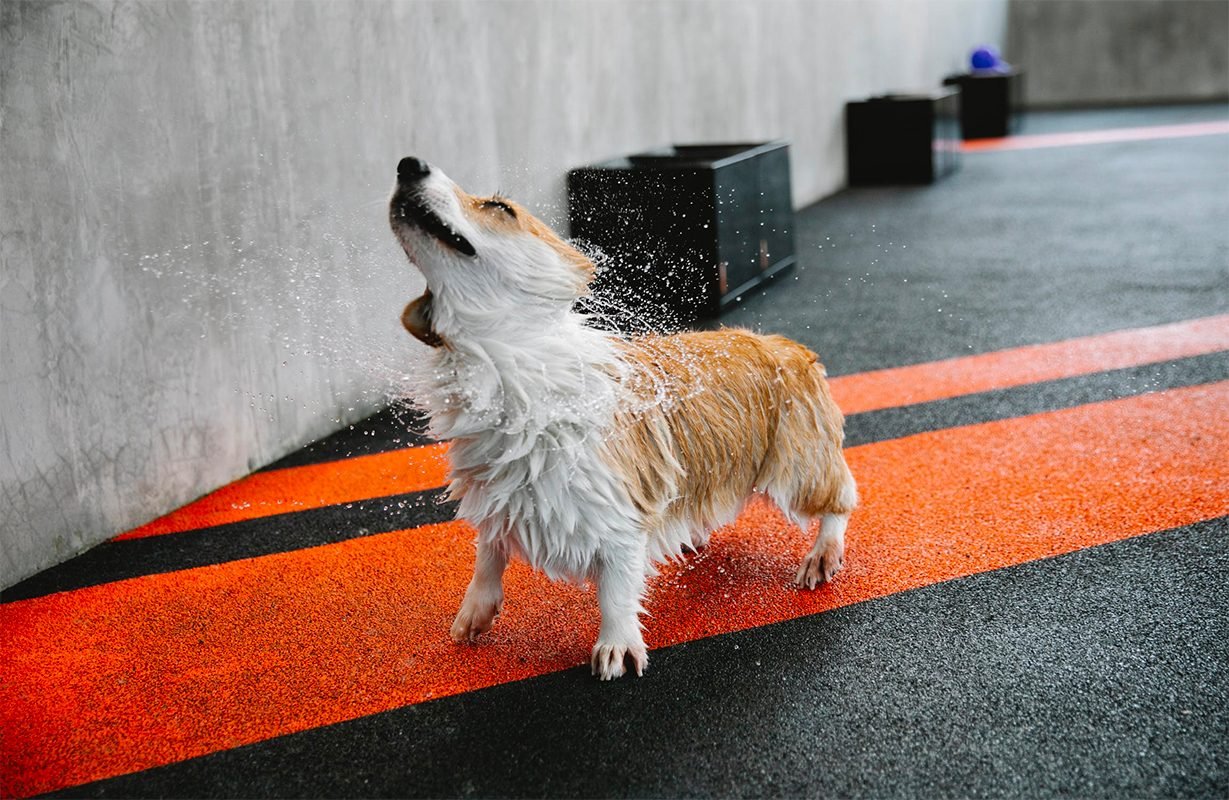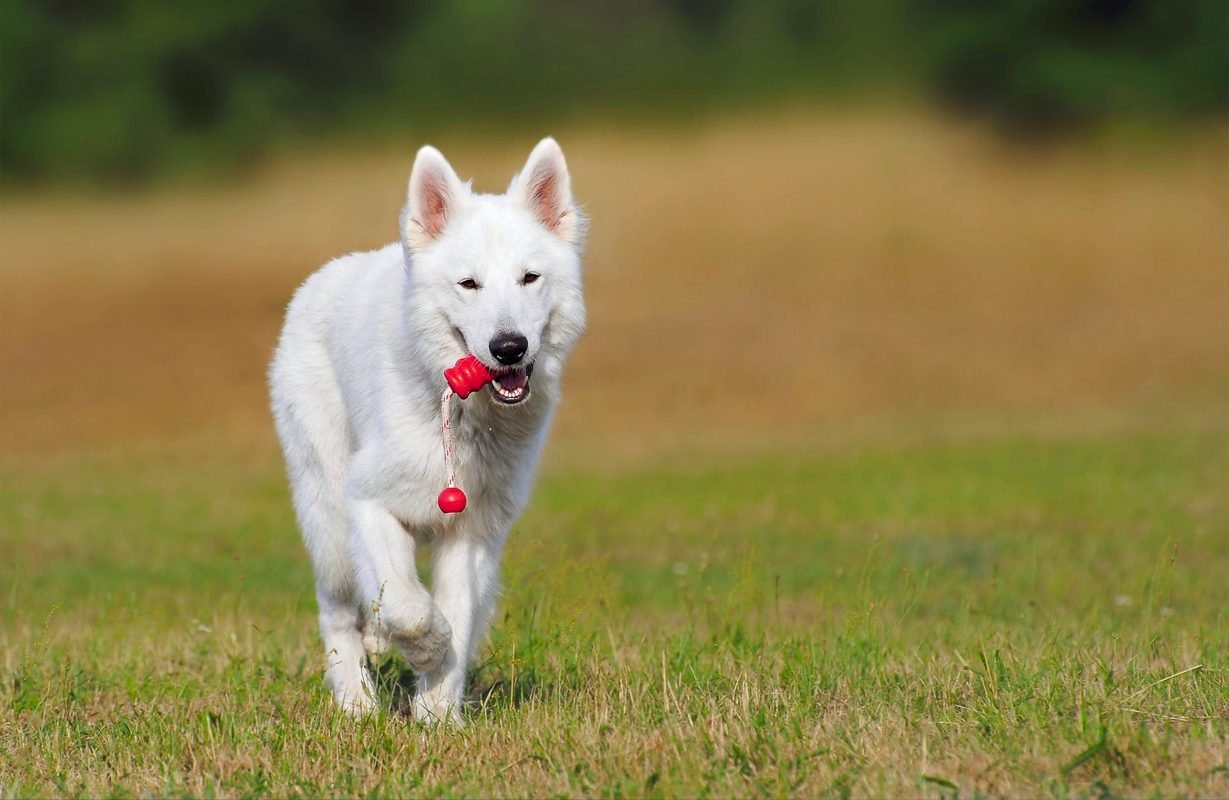Four tips to help you train your dog
Training your dog is one of the most rewarding experiences you can have as a pet owner. A well-trained dog not only behaves better but also develops a stronger bond with you. Whether you’re starting with a puppy or working with an older dog, the following four tips will help you effectively train your furry friend.
1. Consistency is Key
One of the most important aspects of dog training is consistency. Dogs thrive on routine and clarity, so it’s crucial to use the same commands and cues every time you train. For instance, if you decide to use “sit” as the command, don’t switch to “sit down” later on. Consistent language and actions help your dog understand what you expect from them. Additionally, all family members should be on the same page regarding commands and training techniques to avoid confusing your dog.
2. Positive Reinforcement Works Wonders
Positive reinforcement is a powerful training tool that involves rewarding your dog for good behavior. This can include treats, praise, or playtime. When your dog successfully follows a command or exhibits good behavior, reward them immediately. This will help your dog associate that behavior with a positive outcome, making them more likely to repeat it. Remember to keep treats small and healthy to avoid overfeeding.
3. Keep Training Sessions Short and Fun
Dogs, like humans, have limited attention spans. To maintain your dog’s focus and enthusiasm, keep training sessions short—around 5 to 10 minutes is ideal. Incorporate a variety of commands and tricks to keep things interesting. Ending each session on a positive note, even if it’s just a simple command, can leave your dog feeling accomplished and eager for the next training opportunity. Make sure to include playtime and rewards, turning the training process into a fun activity for both of you.
4. Be Patient and Understanding
Training a dog takes time and patience. Every dog learns at their own pace, so it’s important to remain calm and understanding if your dog doesn’t get it right away. Avoid using harsh methods or punishment, as these can lead to fear and anxiety, hindering the training process. Instead, focus on encouraging your dog and celebrating small victories. If you find yourself frustrated, take a break and come back to training when you’re both in a better mood.
Conclusion
Training your dog is a journey filled with ups and downs, but with patience, consistency, and positive reinforcement, you can help your furry friend become a well-behaved companion. Remember to keep sessions short, fun, and engaging, and always celebrate the little successes along the way. With these four tips, you’ll be well on your way to building a strong, loving bond with your dog while teaching them the skills they need to thrive in your home. Happy training!
Pet, Pet2, Shop, Veterinary












